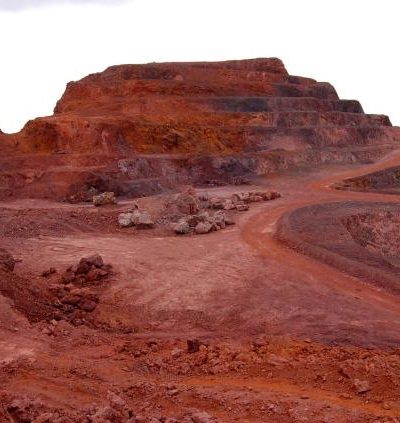Asia-Pacific Region’s Iron Ore Reserves at 61.3 Billion Metric Tons; 2011 Production of 1.8 Billion Metric Tons Higher Than Consumption
By BIZ INDIA
New York, 11 May 2012 – China and India are predicted to drive the iron ore mining market over the coming years, according to a new report by a natural resources research firm, Global Business Intelligence.
The new report states that future iron production growth in the Asia-Pacific region, which is the largest producer and consumer of iron ore in the world, is expected to rocket, primarily due to demand from these two emerging economies.
Asia-Pacific’s iron ore consumption increased from 348.2 million metric tons in 2000 to an estimated 1.6 billion metric tons in 2011.
During 2012-2020, iron ore consumption in Asia is expected to increase at a compound annual growth rate of 5.2 percent to reach 2.6 billion metric tons in 2020.
This is owing to rapidly rising demand from the steel industries of China and India, which are expected to account for a combined demand of 2.3 billion metric tons of iron ore by 2020.
But the region’s iron ore production, primarily in China and India, has been sufficient so far to meet this high demand. The region’s iron ore production stood at 1.8 billion metric tons in 2011, more than the region’s consumption of 1.6 billion metric tons in the same year.
Production in Asia-Pacific is expected to grow at a compound annual growth rate of 6.1 percent to reach 3.1 billion metric tons in 2020, surpassing the expected 2.6 billion metric tons consumption by 500 million metric tons.
The Asia-Pacific region’s substantial reserves of iron ore represent a major strength over other iron ore mining regions across the globe.
According to the United States Geological Survey, Asia had 61.3 billion metric tons or 36 percent of global crude iron ore reserves of some 170 billion metric tons at the end of 2010. These reserves by and large are mainly located in China, India, Kazakhstan and Australia.






